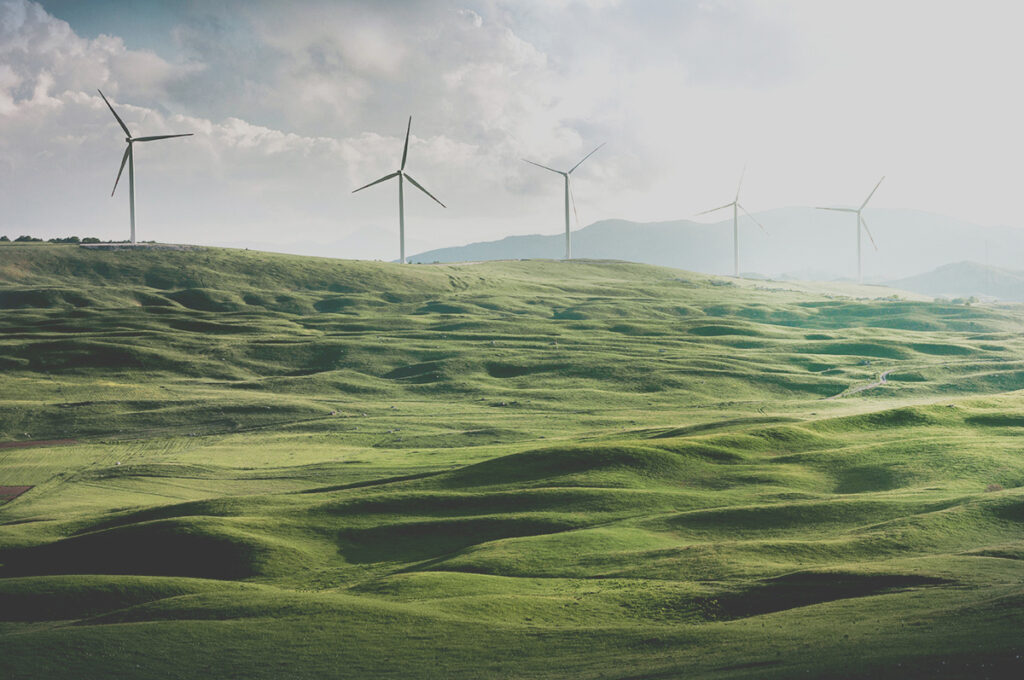If fully built out, these facilities alone would provide more than 100 million tonnes a year, about a third of the amount the planet may require by 2050

A net-zero world would require 306 million tonnes of green hydrogen to be produced annually by 2050, according to the International Energy Agency (IEA).
That would require something in the region of 3,000GW of electrolysers and 6,000GW of renewable energy, based on current technology.
Considering the world had only installed 3,371GW of renewables by the end of last year (according to the International Renewable Energy Agency [Irena]) — and that the planet will need about 30,000GW of renewable energy to decarbonise the global electricity supply, that’s a fairly tall order.
Based on the notion that economies of scale would reduce the cost of green hydrogen production, several developers have announced massive and extremely ambitious projects that aim to meet much of the world’s future demand for clean H2.
Hydrogen Insight has compiled a list of the 11 largest renewable H2 projects yet announced — based on data exclusively provided by research house BloombergNEF (BNEF), as well as publicly available information — which, if fully built out, would provide more than 100 million tonnes of green hydrogen a year, roughly a third of the amount the IEA says will be needed in 2050 to reach net-zero emissions.
While Western Europe is expected to be one of the biggest demand centres for renewable H2, none of the listed projects are based in this region, although multiple one-million-tonnes-a-year projects such as Denmark’s BrintØ and the Netherlands’ NortH2 are in development on the continent.
Similarly, although the US has been cited as a top priority for clean hydrogen investment based on the offer of a generous tax credit of up to $3/kg, only one project — Green Hydrogen International’s Hydrogen City complex in Texas — ranks among the top 11.
Canada, Egypt, Australia, and Mauritania each have two projects on the list, with the rest spread between Oman, Mozambique and Kazakhstan.
Put simply, green hydrogen projects of this kind of scale not only need to be built in places with strong winds and/or sunshine, but they will need an awful lot of land just to accommodate the amount of wind turbines and/or solar panels required.
Clearly, these projects are enormously ambitious, and there is still substantial doubt around whether any of them will go ahead as planned.
Indeed, some of them are so massive that they seem more like impossible dreams than realistic propositions.
For instance, the world’s largest offshore wind farm is just under 1.4GW, but developer GHI wants to build two projects that each have 500GW of wind turbines installed at sea. To put that into context, only 63.2GW of offshore wind had been installed around the world by the end of 2022, according to Irena.
Both of those projects would require wind turbine and electrolyser factories to be built at almost unimaginable scales, not to mention dozens of new turbine installation vessels — we’re talking total investments adding up to more than a trillion dollars.
It is also worth noting that most of the projects listed below are at very early stages of development, and that they will still need regulatory approval, not to mention staggering amounts of funding. And if they do go ahead, they will almost certainly be built in phases.
So here’s our list of the world’s 11 biggest green hydrogen projects, based on estimated annual H2 production (it was supposed to be ten, but there was a tie in tenth place):
1. Spirit of Scotia Green Hydrogen Production Hub
Location: Nova Scotia, Canada
Developer: Green Hydrogen International, a Texas-based firm founded in 2019, which as of writing, has four employees listed on LinkedIn
Estimated annual production: 43 million tonnes
Electrolyser capacity: Unknown
Power source: 500GW of offshore wind
Planned use of H2: Export to European and North American markets
Development schedule: No timeline for final investment decision (FID), construction or operation has been disclosed, but the developer says it has secured 130,000 acres of storage-grade salt cavern rights across the Canadian province.
Expected cost: Not disclosed.
2. Fleur-de-lys Green Hydrogen Production Hub
Location: Quebec, Canada
Developer: Green Hydrogen International
Estimated annual production: 43 million tonnes
Electrolyser capacity: Unknown
Power source: 500GW of offshore wind
Planned use of H2: Green ammonia, but unknown if meant for international or domestic markets
Development schedule: No timeline disclosed, although 40,000 acres of potential salt cavern storage have been secured.
Expected cost: Not disclosed.
3. Unnamed Nouakchott project
Location: Nouakchott, Mauritania
Developers: Infinity Power Holding (a joint venture between the UAE’s Masdar and Egypt’s Infinity) and Germany’s Conjuncta
Estimated annual production: 8 million tonnes
Electrolyser capacity: 10GW in full phase
Power source: Not revealed
Planned use of H2: Export to Germany, although no agreements to this effect have been signed.
Development schedule: The first 400MW phase is due to start operations by 2028, but timelines for scaling up have not been disclosed.
Expected cost: $34bn
4. Western Green Energy Hub
Location: Western Australia, specifically, the Goldfields-Esperance region in the southeast of the state
Developers: InterContinental Energy (based in Singapore), CWP (founded in Serbia), the Mirning Traditional Lands Aboriginal Corporation, and potentially South Korean power company Kepco
Estimated annual production: 3.5 million tonnes
Electrolyser capacity: 35GW (BNEF estimate)
Power source: 50GW of wind and solar
Planned use of H2: Unknown, although co-developer Kepco, which signed a memorandum of understanding to co-develop the project in July, is already exploring imports of ammonia and hydrogen to South Korea for co-firing in existing fossil-fuel-fired power plants.
Development schedule: Site assessment is ongoing, with FID due in 2027.
Expected cost: Not disclosed.
5. Hydrogen City
Location: Texas, with pipelines to deliver H2 to the port of Corpus Christi
Developer: Green Hydrogen International
Estimated annual production: 3 million tonnes
Electrolyser capacity: Unknown
Power source: 60GW of onshore wind and solar
Planned use of H2: Export to Asia as green ammonia, feedstock for fertilisers, sustainable aviation fuel and rocket fuels, and co-firing in domestic power plants.
Development schedule: A first phase, drawing on 2GW of upstream renewables and using two salt caverns for storage, is due to start operations in 2026, but no timeline has been given on when the full phase will start construction.
Expected cost: Not disclosed.
6. Unnamed SCZONE Ain Sokhna project
Location: Ain Sokhna, in Egypt’s Suez Canal Economic Zone
Developer: ACME, an Indian renewables developer
Estimated annual production: 2.1 million tonnes
Electrolyser capacity: 18GW (BNEF estimate)
Power source: Not revealed
Planned use of H2: Unknown, but would probably used for refuelling ships passing through the Suez Canal and/or exports
Development schedule: Construction of an initial 100,000 tonnes-a-year pilot is reportedly due to kick off in early 2024, but no firm date on start of operations of the full project.
Expected cost: $12-13bn (although this may only refer to the cost of the pilot)
7. Hyrasia One
Location: Kuryk, Kazakhstan
Developer: Hyrasia One (a subsidiary of German developer Svevind)
Estimated annual production: 2 million tonnes
Electrolyser capacity: 20GW
Power source: 40GW of wind and solar built in the country’s southwestern steppes
Planned use of H2: Export as ammonia, probably to Europe (via pipeline)
Development schedule: FID is due in 2026, with first production expected in 2030 and full capacity onstream from 2032. Preliminary studies were kicked off in June, and an investment agreement has already been signed with the Kazakh government.
Expected cost: $40-50bn
8. Green Energy Oman
Location: Duqm, Oman
Developers: Oil major Shell, Intercontinental Energy, Omani state-owned oil firm OQ, and Kuwait-based EnerTech Holdings
Estimated annual production: 1.8 million tonnes
Electrolyser capacity: 14GW (BNEF estimate)
Power source: 25GW of wind and solar
Planned use of H2: Domestic use and export as ammonia to international markets
Development schedule: FID after 2026, although it is unclear whether this refers to the first phase powered by 4GW of renewables (for which the consortium had been awarded land in the Oman’s first green H2 auction) or the full production capacity.
Expected cost: Not disclosed.
8. Aman
Location: Northwest Mauritania
Developer: CWP
Estimated annual production: 1.8 million tonnes
Electrolyser capacity: Unknown
Power source: 30GW of renewables (18GW wind and 12GW solar)
Planned use of H2: Local use and export, with 50 million cubic metres of additional desalinated ocean water supplied to nearby communities and agriculture.
Development schedule: Unknown, although a framework agreement has been signed with the Mauritanian government.
Expected cost: $40bn
10. Unnamed Mozambique project
Location: Inhambane, southern Mozambique
Developers: UK-based Jearrard Energy Resources, founded in 2021
Estimated annual production: 1.6 million tonnes
Electrolyser capacity: Not disclosed
Power source: 12GW of solar power
Planned use of H2: Mainly export to Europe, some volumes to be used in Mozambique and neighbouring countries
Development schedule: Construction to kick off in mid-2024, but start of operations unknown.
Expected cost: Not disclosed.
10. Australian Renewable Energy Hub
Location: The Pilbara region in the north of Western Australia
Developers: Oil major BP, Australian-headquartered bank Macquarie, InterContinental Energy, and CWP
Estimated annual production: 1.6 million tonnes
Electrolyser capacity: Estimated to be 14GW
Power source: 26GW of wind and solar
Planned use of H2: Domestic markets and export, as well as supplying renewable power directly to the local customers.
Development schedule: At the end of 2022, BP’s then chief financual officer (and now-interim CEO) Murray Auchincloss described bringing the first phase serving the domestic market on line between 2025 and 2027, with the full export hub to start production “by the end of the decade”.
Expected cost: Not disclosed.
View source version: https://www.hydrogeninsight.com/production/impossible-dreams-the-11-biggest-green-hydrogen-projects-announced-around-the-world-so-far/2-1-1517618
